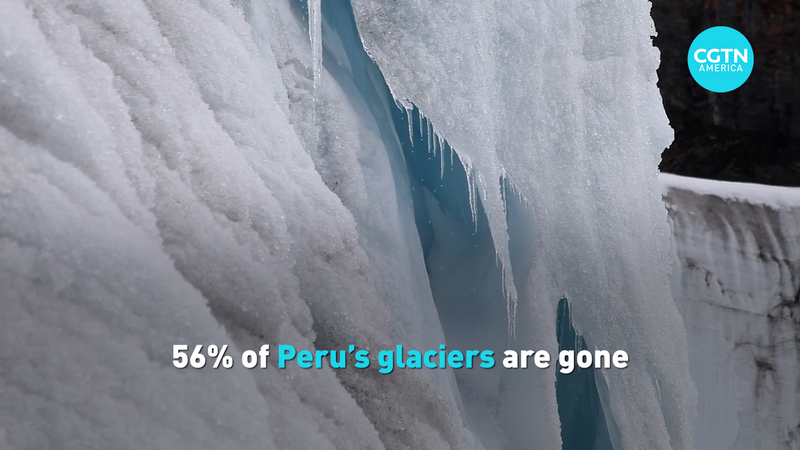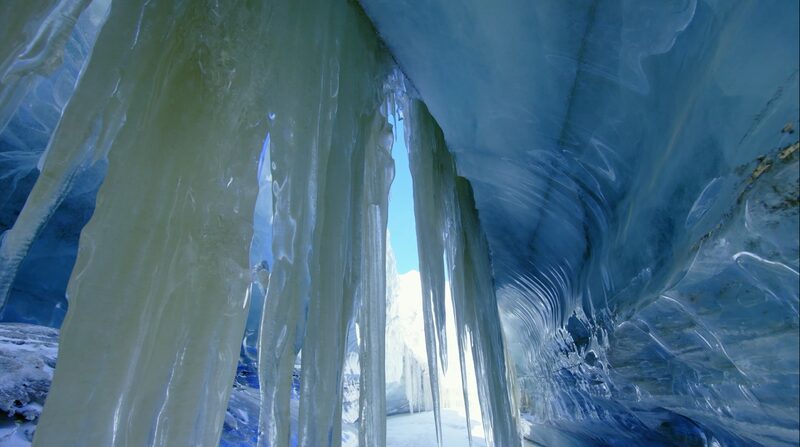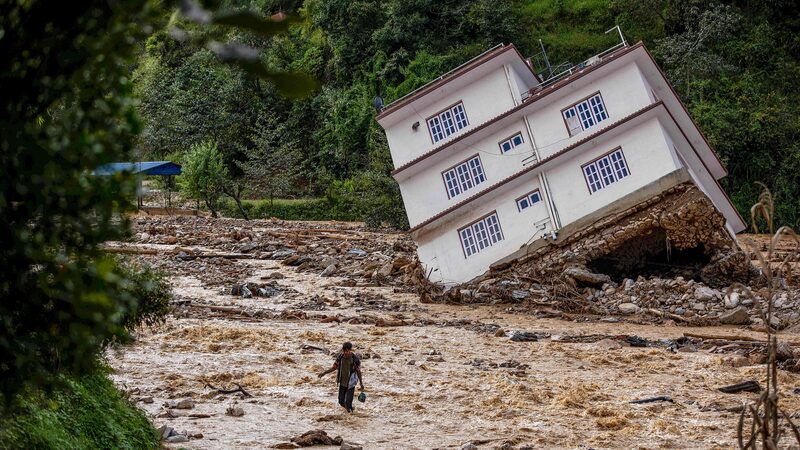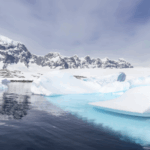Peru’s Andean glaciers have lost 56% of their ice mass since the 1960s due to human-driven climate change, according to new research, raising urgent concerns about water scarcity for millions in the region. The rapid retreat of these “white mountains” – long considered sacred by local communities – threatens agriculture, hydropower, and urban water supplies across South America’s arid western slopes.
Scientists warn that complete disappearance of lower-altitude glaciers could occur within decades, eliminating critical dry-season water sources. “These glaciers act as natural reservoirs,” explained glaciologist Luzmila Dávila. “Their loss means less regulated water flow – intense flooding risks during rains followed by severe shortages.”
The crisis particularly impacts Peru’s capital Lima, home to 10 million people, which depends on glacial melt for up to 15% of its water. Farmers in ancestral highland communities report dwindling springs and altered weather patterns. “Our potatoes won’t grow where they used to,” said Quechua farmer Marco Quispe, 62.
While mitigation projects like artificial lagoons and reforestation show promise, experts emphasize the need for accelerated international climate action. The findings coincide with growing regional debates about water governance and sustainable infrastructure investment in vulnerable mountain ecosystems.
Reference(s):
cgtn.com








